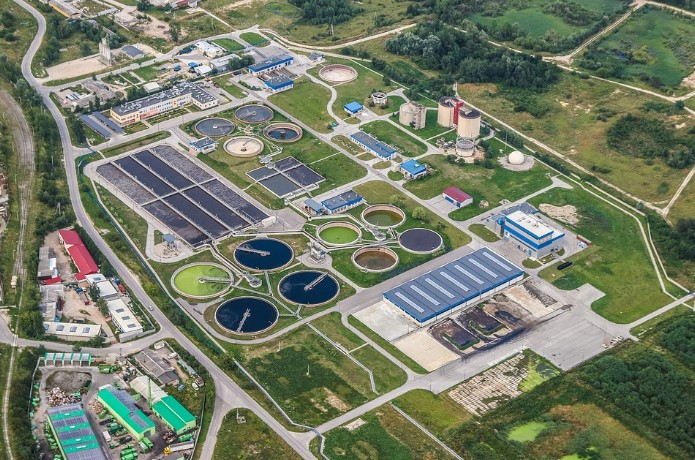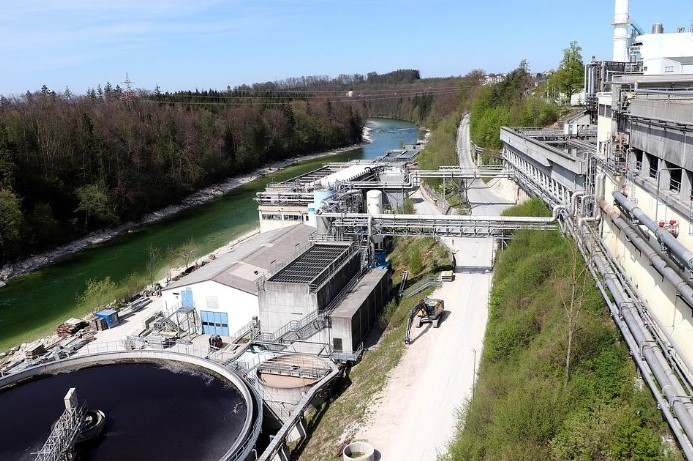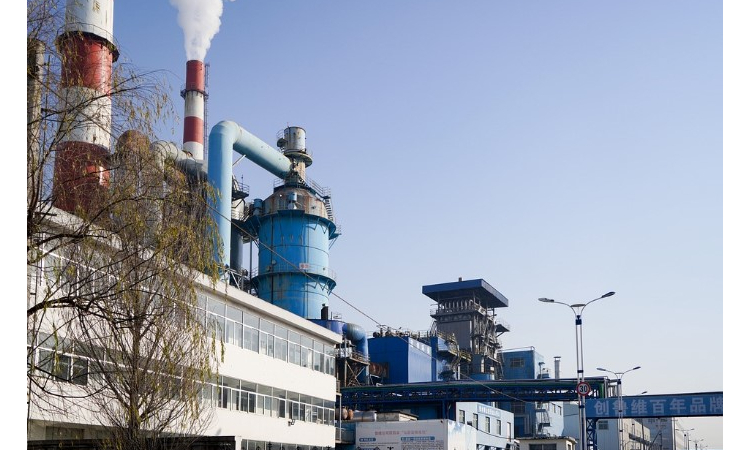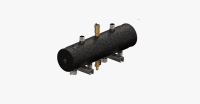To treat household and industrial wastewater and make it environmentally friendly, we build wastewater treatment plants (WWTPs). As the population grows and various economic and regulatory factors impact these treatment plants, designing, building and operating them becomes more challenging. This article will outline some of the operational challenges and how we can meet those challenges. Transcend Water has developed the Transcend Design Generator software, with which the users can design wastewater treatment plants worldwide. This SaaS app helps water engineers in their efforts to design plants that meet these operational challenges.
Energy Consumption
Wastewater treatment processes use as much as 2-3% of a developed country’s total energy usage. Energy consumption is one area where treatment plants can reduce their environmental impact.
Blowers in many parts of a WWTP are the greatest power consumers in the plant. Blowers with variable speed drives can reduce power consumption when the demands are lower, especially during the night.
The amount of power required for a treatment plant depends on the nature of the feedwater and what must be removed from it, which in turn impacts the process selection.
Some of the ways to reduce the power consumption are:
- Using fine screens in the primary treatment stage. If the screens are kept clean, they require very little power to move the water through them, and they remove some of the contaminants that can otherwise complicate further treatment processes.
- Proper equipment (blower) selection, maintenance and operation
- Sludge thickening (reducing the liquid volume in sludge while not solidifying it) reduces sludge handling energy costs.
WWTPs as Power Plants?
Many biological and chemical components removed during wastewater treatment processes can be used as fertilizers and industrial feedstocks. While this doesn’t directly reduce the energy consumption of the treatment plant, it can save on the energy consumption of alternate ways of producing these materials. Aerobic digesters can generate some of the plant's energy needs by consuming sludge.

Research Is underway that may lead to treatment processes that generate power. Feedwater contains heat, it has mass, and it has kinetic energy when it’s moving. Some of these characteristics can be useful in producing power.
Staffing Considerations
Operations personnel have responsibilities for the physical condition of parts like pipes, pumps, valves, etc. They also monitor chemical processes and instrumentation, assuring that the plant effluent meets the prescribed standards 24/7.
These responsibilities require a broad range of expertise in the plant staff. Operators with the necessary knowledge, training, and sense of responsibility are expensive and sometimes hard to find.
While human oversight is always necessary for a treatment plant, many processes can be automated and automatically monitored to reduce the human operators’ workload and therefore, the required number of staff.
Disposal of Excess Sludge
WWTPs necessarily produce sludge containing the contaminants removed from feedwater. Some sludge is reused as a stimulant for parts of the process, but there is always more sludge than the plant can use.
Many of the sludge components can be beneficial in agriculture with proper processing. Some wastewater treatment processes can be modified to produce less sludge.
While using sludge in agriculture and reducing total sludge production can help, some unusable sludge must always be disposed of with minimal environmental impact. Depending on how far it must be transported and the availability of suitable disposal arrangements, this can add significantly to the cost of the WWTP operation.

Space Considerations
WWTPs are large. When the growing population increases the wastewater volume to be treated, the space requirements also tend to grow. Further tightening the squeeze, less land may be available when more people are looking for a place to park themselves.
Technologies are in development that can reduce the space requirements for treating wastewater. While these processes may sometimes be more expensive, smaller plants consume less steel, concrete and other materials, reducing capital costs.
A few operators, mainly in Asia, have resorted to building underground WWTPs to reduce the surface footprint. Expensive, but one does what must be done.
More people generate more wastewater, and they tend to concentrate in urban areas where space becomes a premium.
WWTP operators constantly search for wastewater treatment processes that use less energy, human capital, and space and produce as little waste as possible to be disposed of. Designing plants that accomplish these conservations is a constant challenge.
Transcend Water is up to this challenge with their design generator, which provides water engineers with the tools to efficiently design the best plants for the applications they’re working on. Visit their website to learn more and see how this tool can work for your wastewater treatment challenge.












